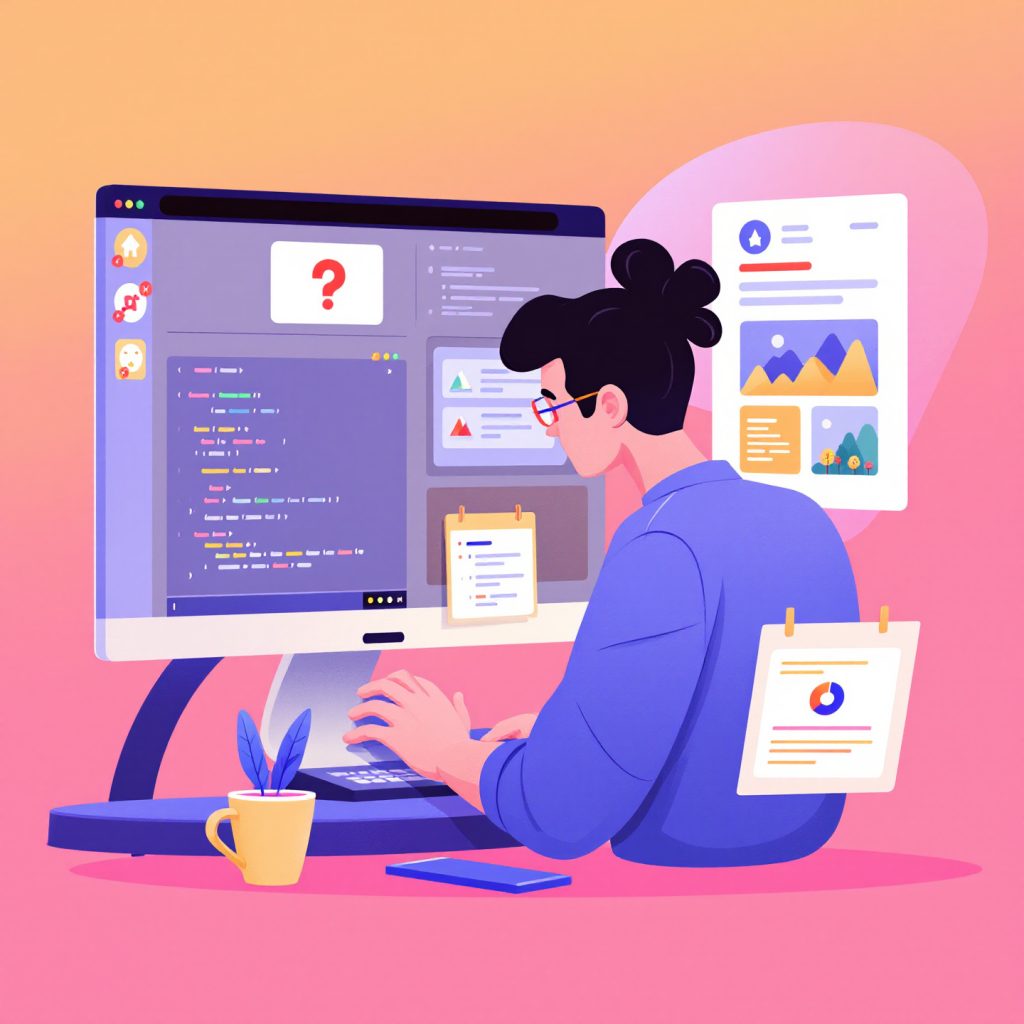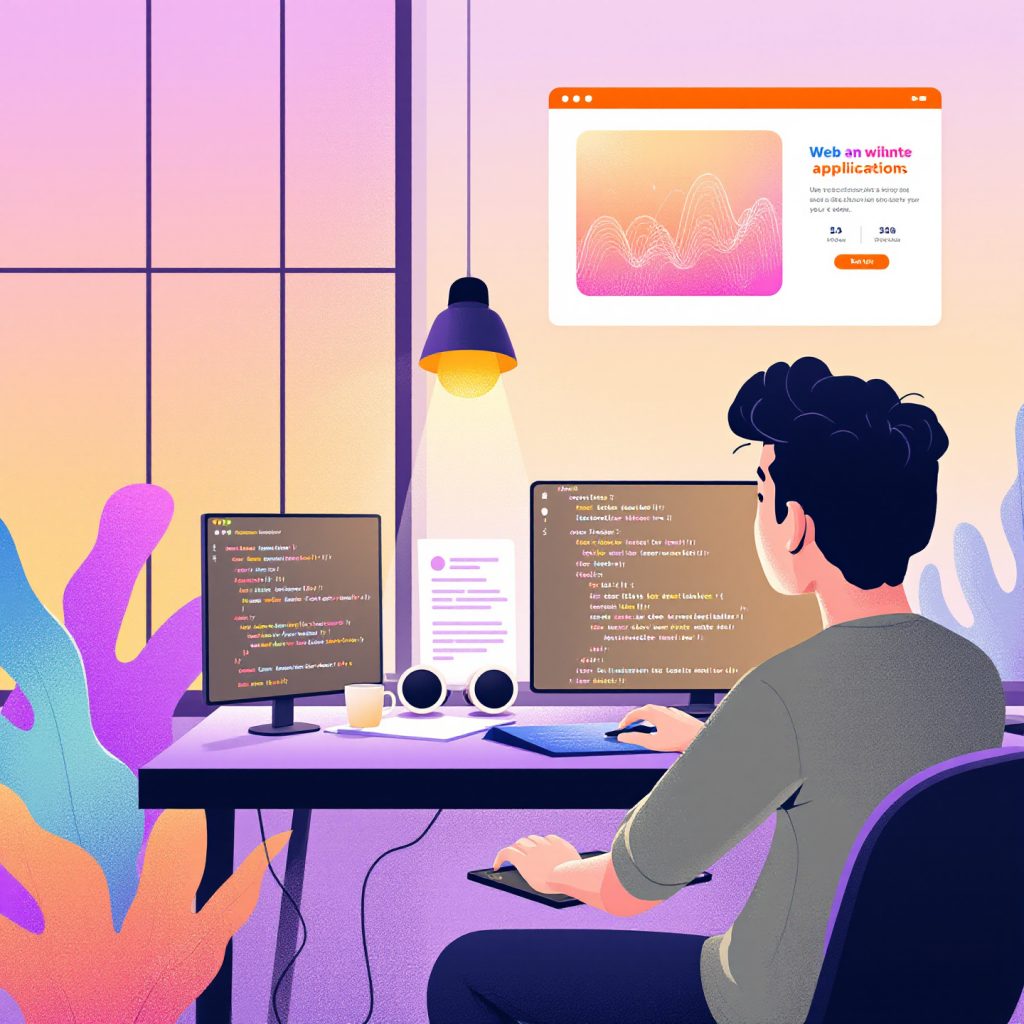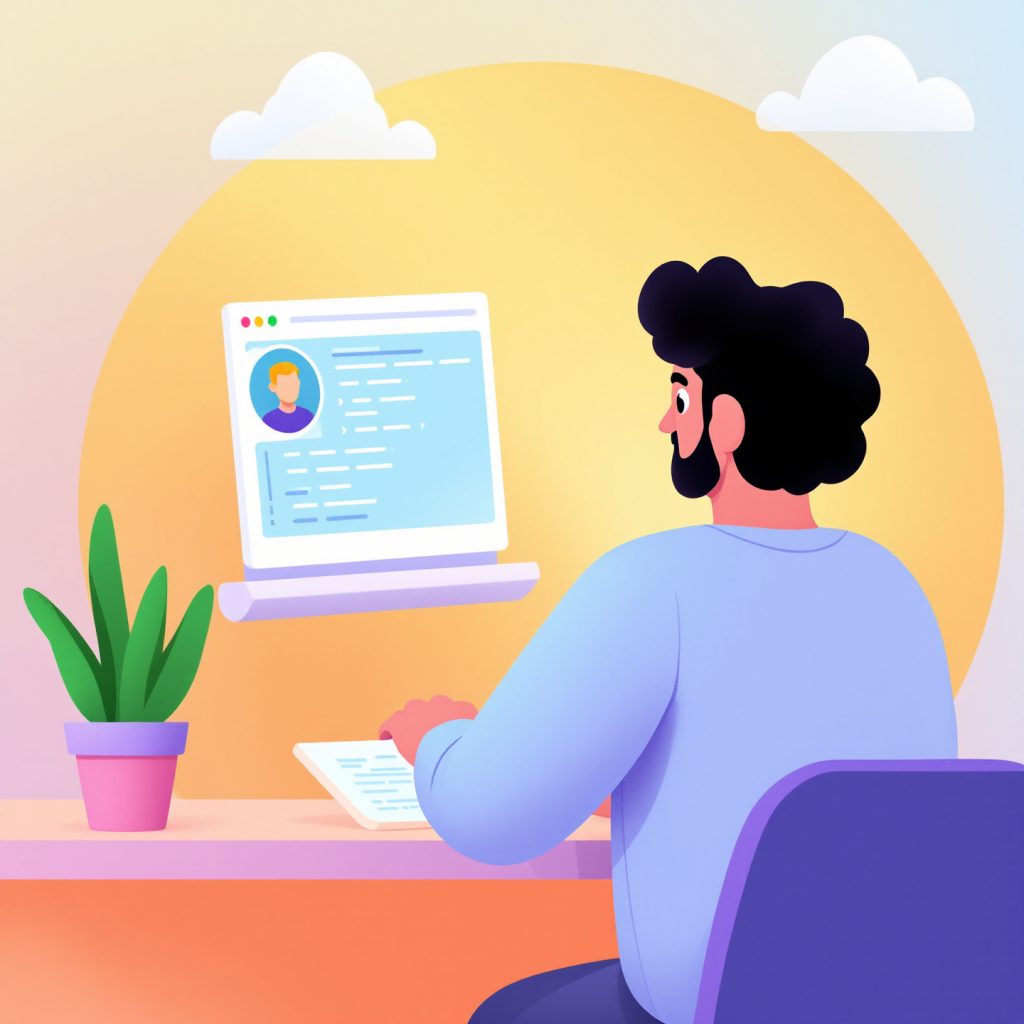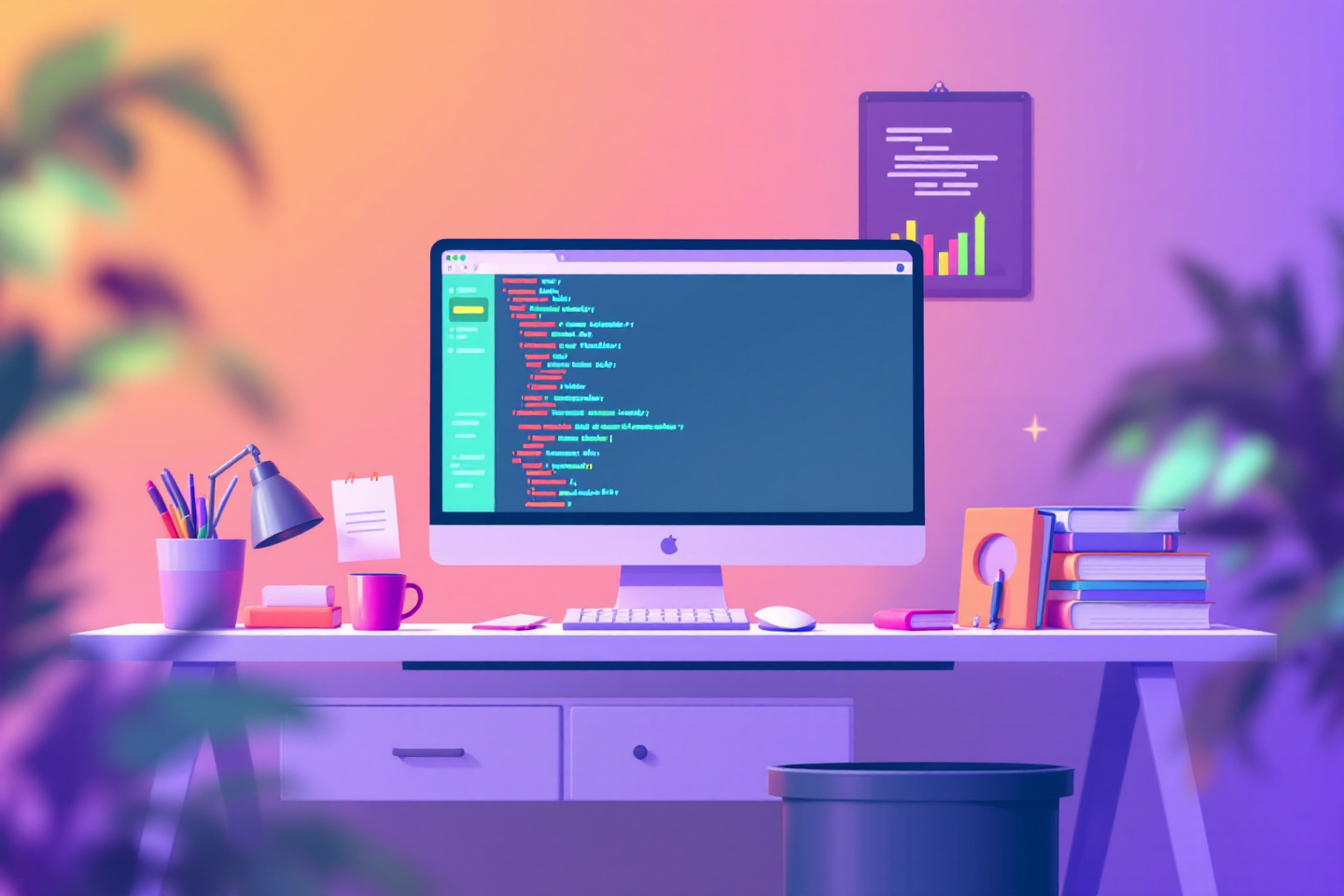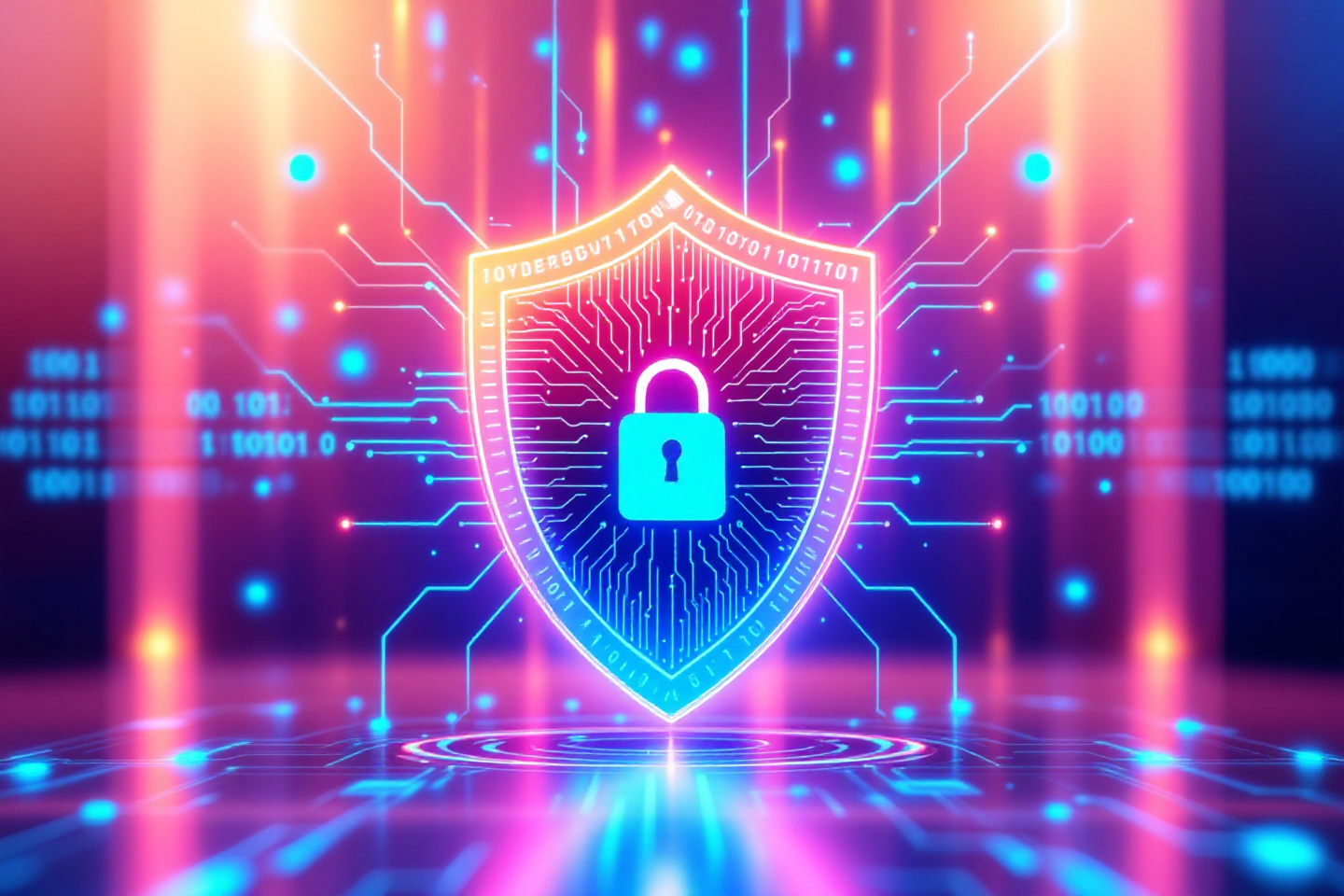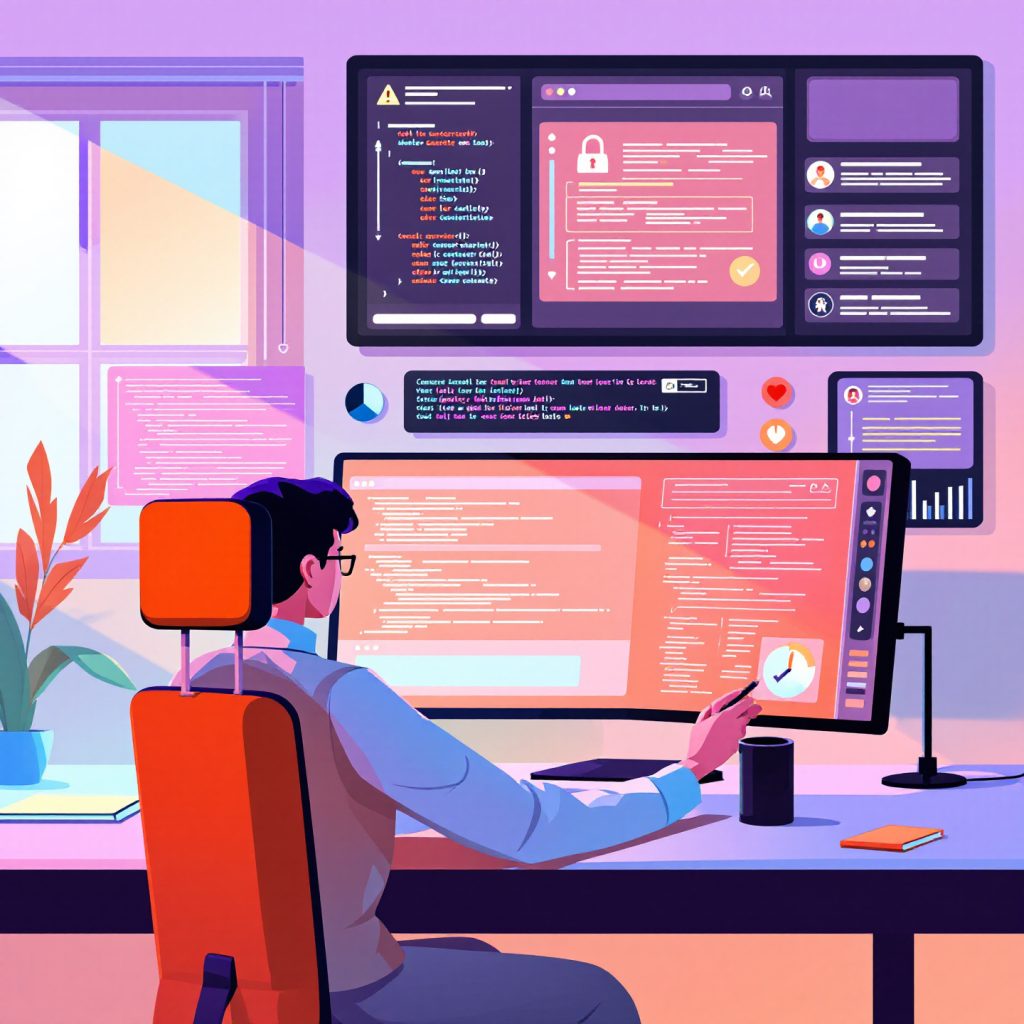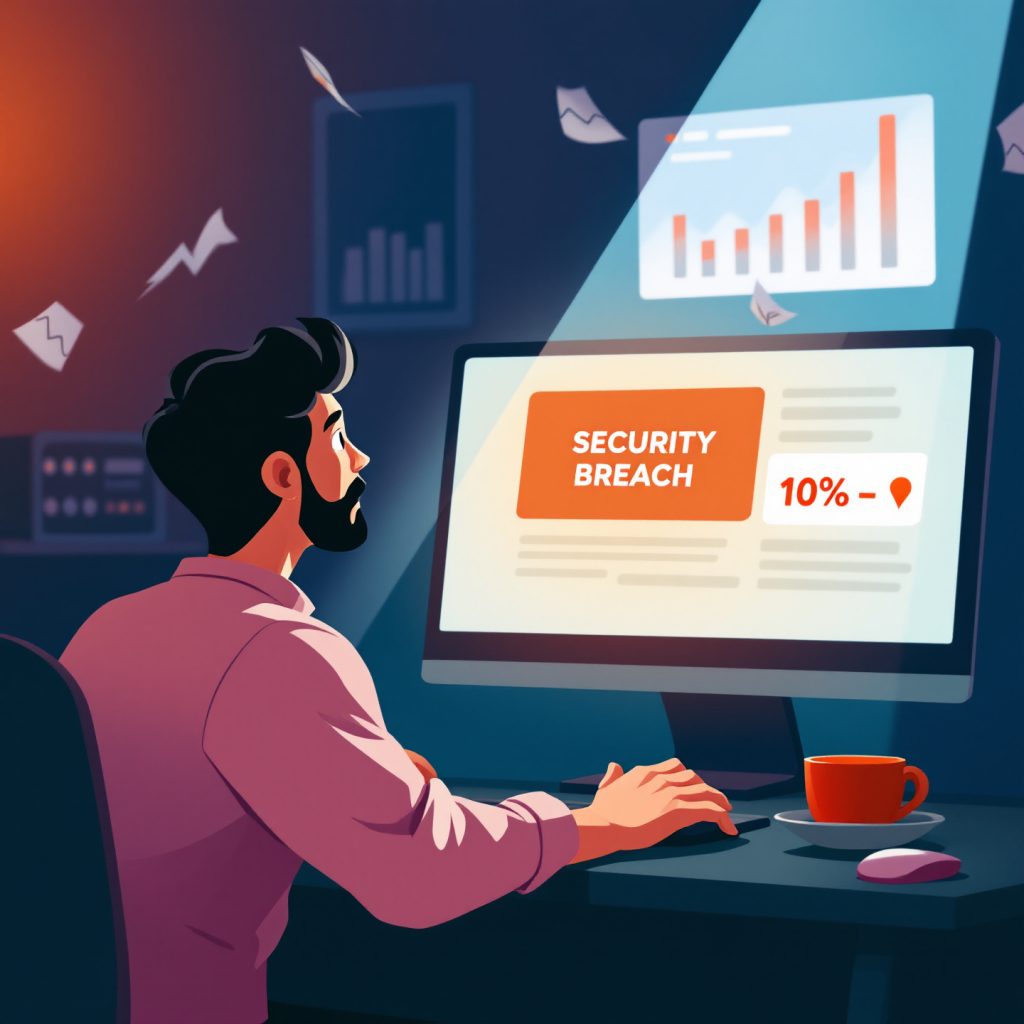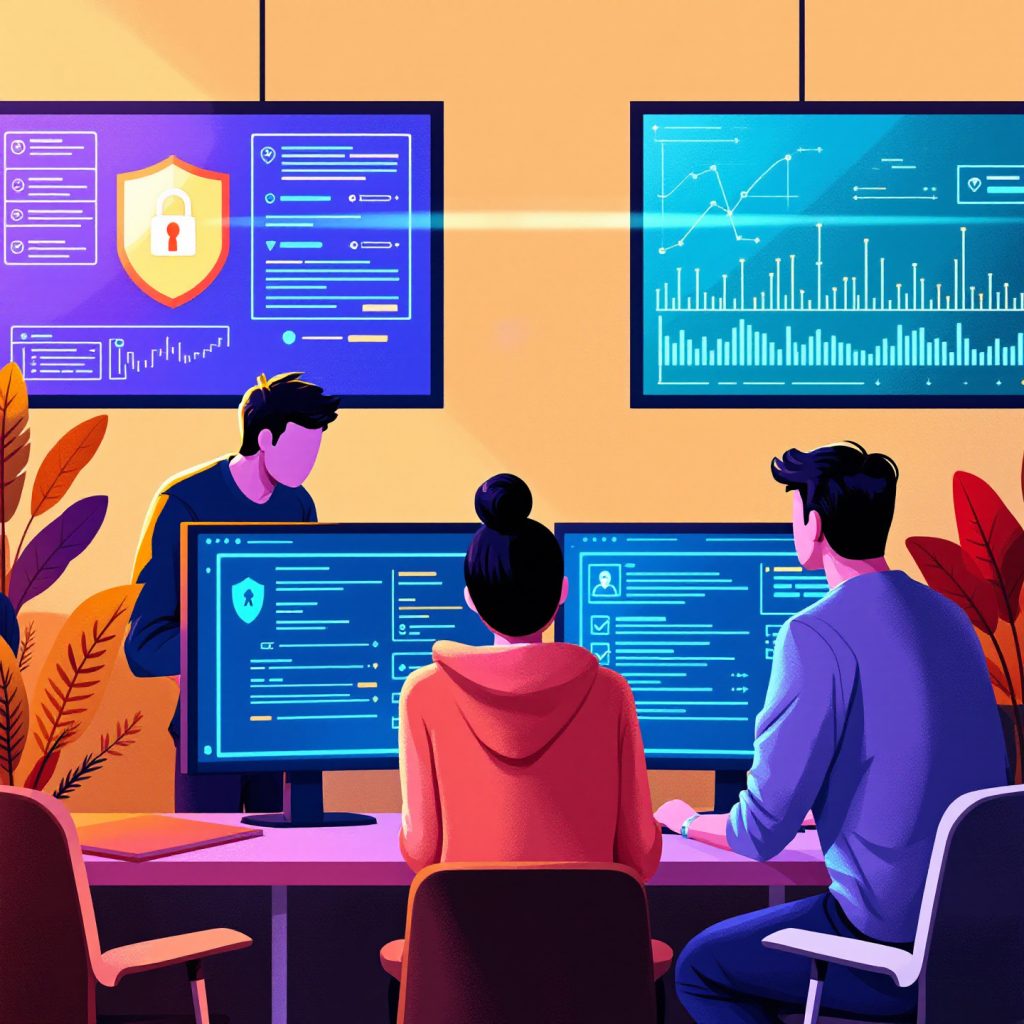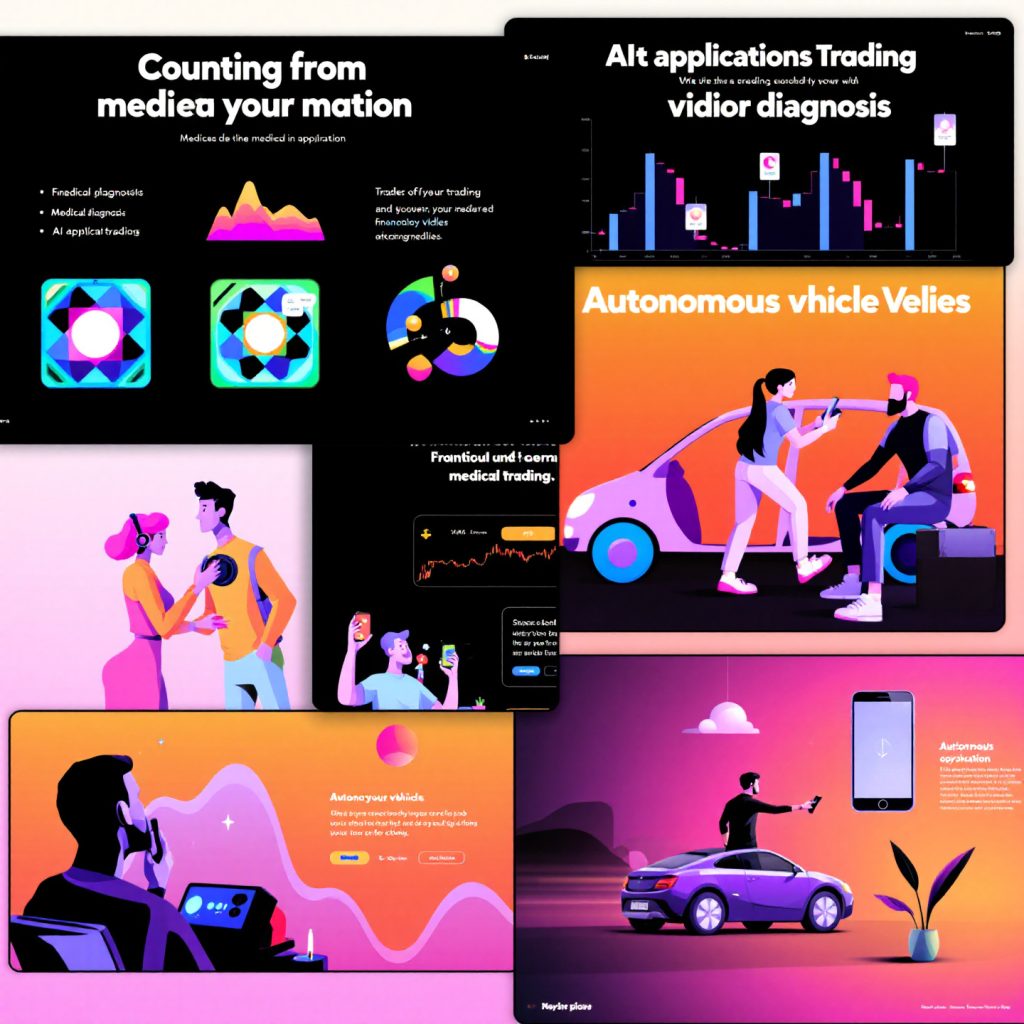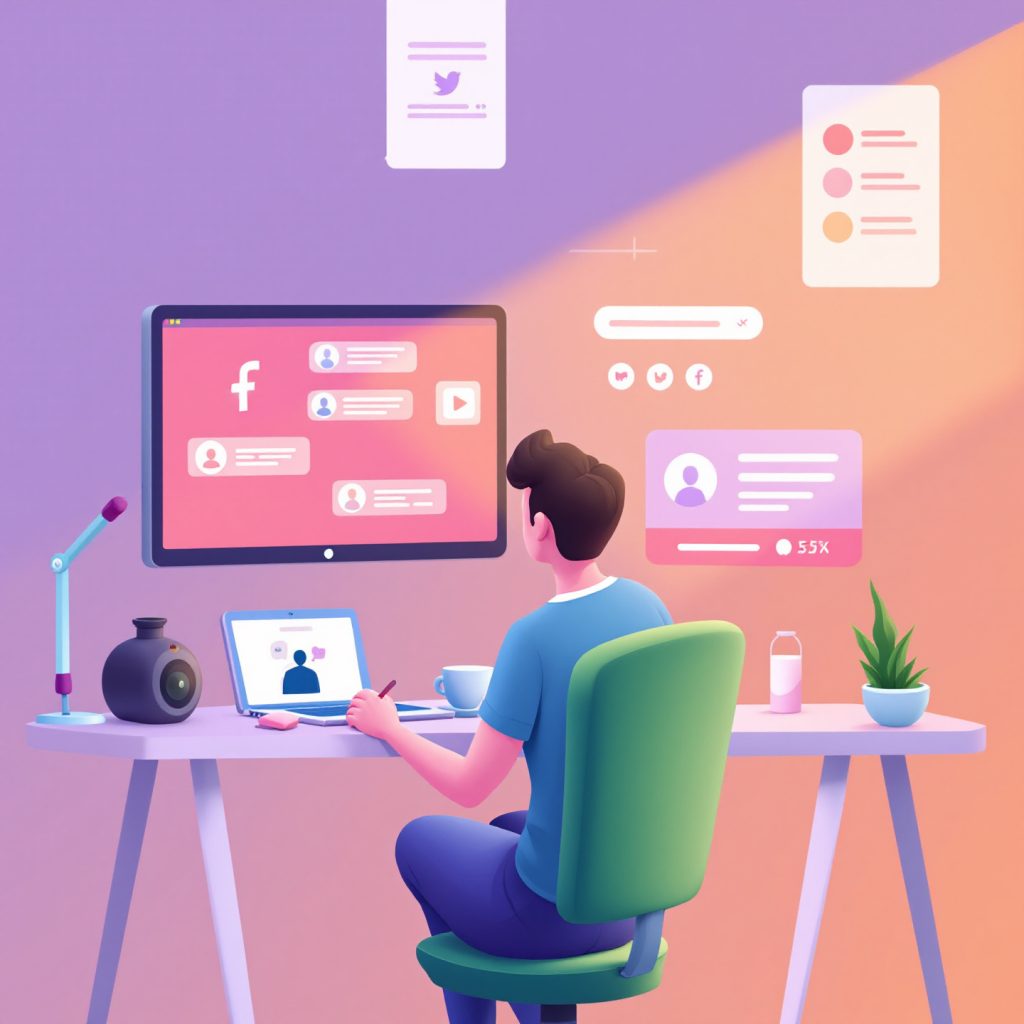Introduction: Why Learn Video Editing?
In today’s digital world, video content dominates social media, marketing, entertainment, and education. From YouTube creators to corporate brands, everyone needs high-quality videos to engage their audience. Learning video editing isn’t just a hobby—it’s a valuable skill that can open doors to freelancing, content creation, and even full-time careers.
Our Video Editing Course is designed for beginners and intermediate learners who want to master industry-standard tools, storytelling techniques, and professional workflows. Whether you’re editing vlogs, short films, or business promotions, this course will give you the expertise to create stunning videos.

What You’ll Learn in This Video Editing Course
1. Understanding the Basics of Video Editing
- Introduction to video formats, resolutions, and frame rates
- How to organize and manage media files efficiently
- The role of timelines, cuts, and transitions
2. Mastering Industry-Standard Editing Software
- Hands-on training with Adobe Premiere Pro, Final Cut Pro, and DaVinci Resolve
- Navigating the interface, tools, and shortcuts
- Importing, trimming, and arranging clips like a pro
3. Advanced Editing Techniques
- Color correction and grading for cinematic looks
- Adding motion graphics and visual effects (VFX)
- Audio editing: balancing sound, adding music, and voiceovers
4. Storytelling & Creative Editing
- How to structure a compelling narrative
- Pacing and rhythm for engaging videos
- Using B-roll, cutaways, and overlays effectively
5. Exporting & Optimizing Videos
- Best export settings for YouTube, Instagram, and TikTok
- Reducing file size without losing quality
- Adding captions and thumbnails for better reach

Real-World Applications of Video Editing Skills
Learning video editing isn’t just about cutting clips—it’s about creating impactful content for various industries:
✅ Content Creation – Edit YouTube videos, vlogs, and tutorials.
✅ Marketing & Advertising – Craft engaging ads and promotional videos.
✅ Freelancing – Offer video editing services on platforms like Fiverr and Upwork.
✅ Film & TV Production – Work on short films, documentaries, and TV shows.
✅ Social Media Management – Create viral clips for Instagram, TikTok, and LinkedIn.
Why Enroll in Our Video Editing Course?
✔ Step-by-Step Learning – Perfect for beginners with no prior experience.
✔ Practical Projects – Work on real-world assignments to build your portfolio.
✔ Expert Instructors – Learn from industry professionals with years of experience.
✔ Lifetime Access – Revisit lessons anytime and stay updated with new techniques.
✔ Certificate of Completion – Boost your resume and credibility.

5 Practical Tips for Beginner Video Editors
- Start Simple – Master basic cuts and transitions before diving into advanced effects.
- Keyboard Shortcuts Save Time – Learn essential shortcuts for faster editing.
- Focus on Audio – Poor sound quality ruins great visuals—always clean up audio.
- Watch & Analyze – Study professional edits in movies and YouTube videos.
- Practice Daily – The more you edit, the better you’ll become.
Ready to Become a Video Editing Pro?
Video editing is a high-demand skill that can turn your passion into a profession. Whether you want to edit for fun or build a career, our Video Editing Course gives you the tools, techniques, and confidence to succeed.
🚀 Enroll Now and start creating stunning videos today!
Have questions? Check out our [FAQ page] or contact us for more details.



